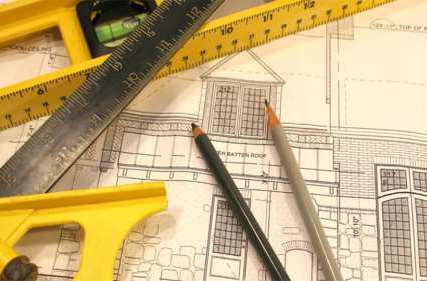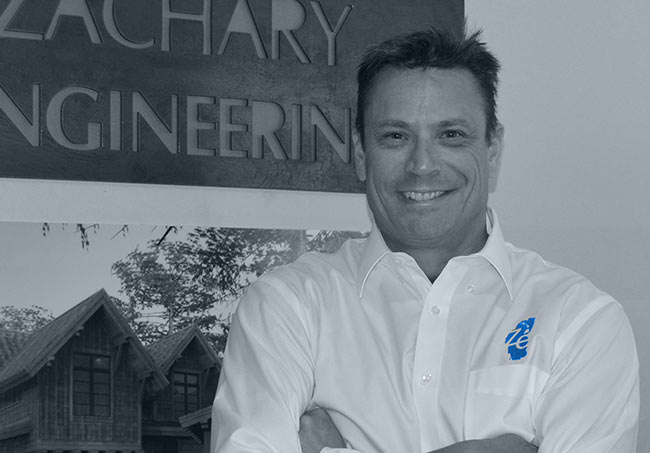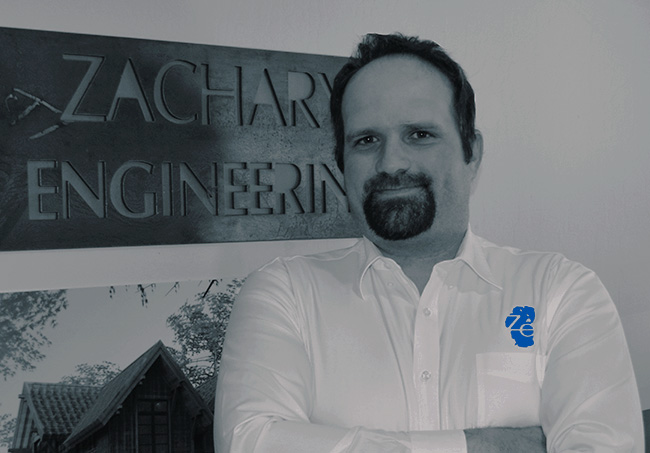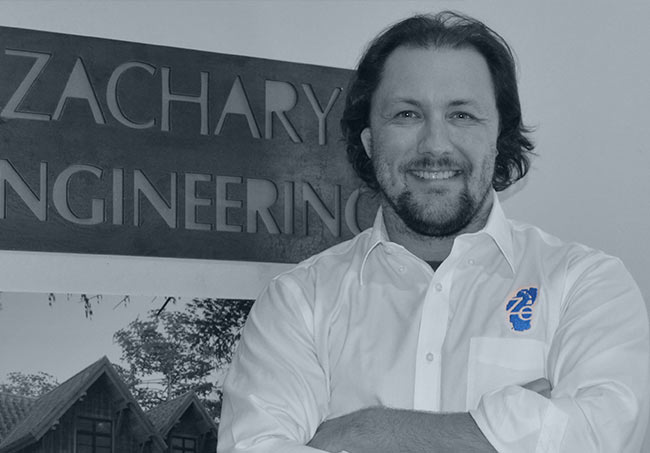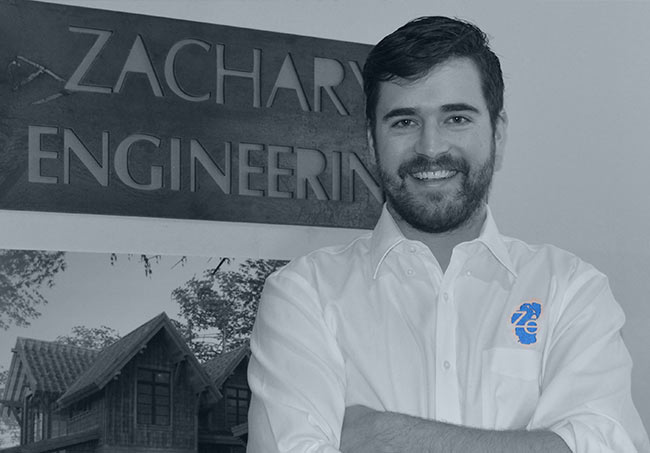Our structural models are built directly from Architectural Models, whether they are
based in SketchUp or imported from other software such as Revit or ArchiCAD. We even
have the ability to create full three-dimensional SketchUp models from two-dimensional
plans.
Our structural models are built directly from Architectural Models, whether they are
based in SketchUp or imported from other software such as Revit or ArchiCAD. We even
have the ability to create full three-dimensional SketchUp models from two-dimensional
plans.
This approach of modeling allows for built-in coordination with the Architect and
contractor, and allows for easy adjustments to both the structural design approach as
necessary. After building the base structural model, we can review the basic framing
approach with the contractor and make any adjustments prior to structural design.
From here, we design the structure from the top down, and will make value engineering
suggestions to the architect that we see as possibilities for the client to save on
construction costs. Once the structure has been designed, construction documents are
created directly from the model and three-dimensional details are added to the plan to
help with construction.
When we finalize the plan set, final plan set coordination with the Architect occurs and
the plan is ready for submittal. Lastly, we provide a QR code on the cover sheet of our
plan, which allows the structural model to be viewed on any mobile device. This step
alone allows for interpretation of the plan in the field, and helps saves the contractor
time, and in turn save the client money.
